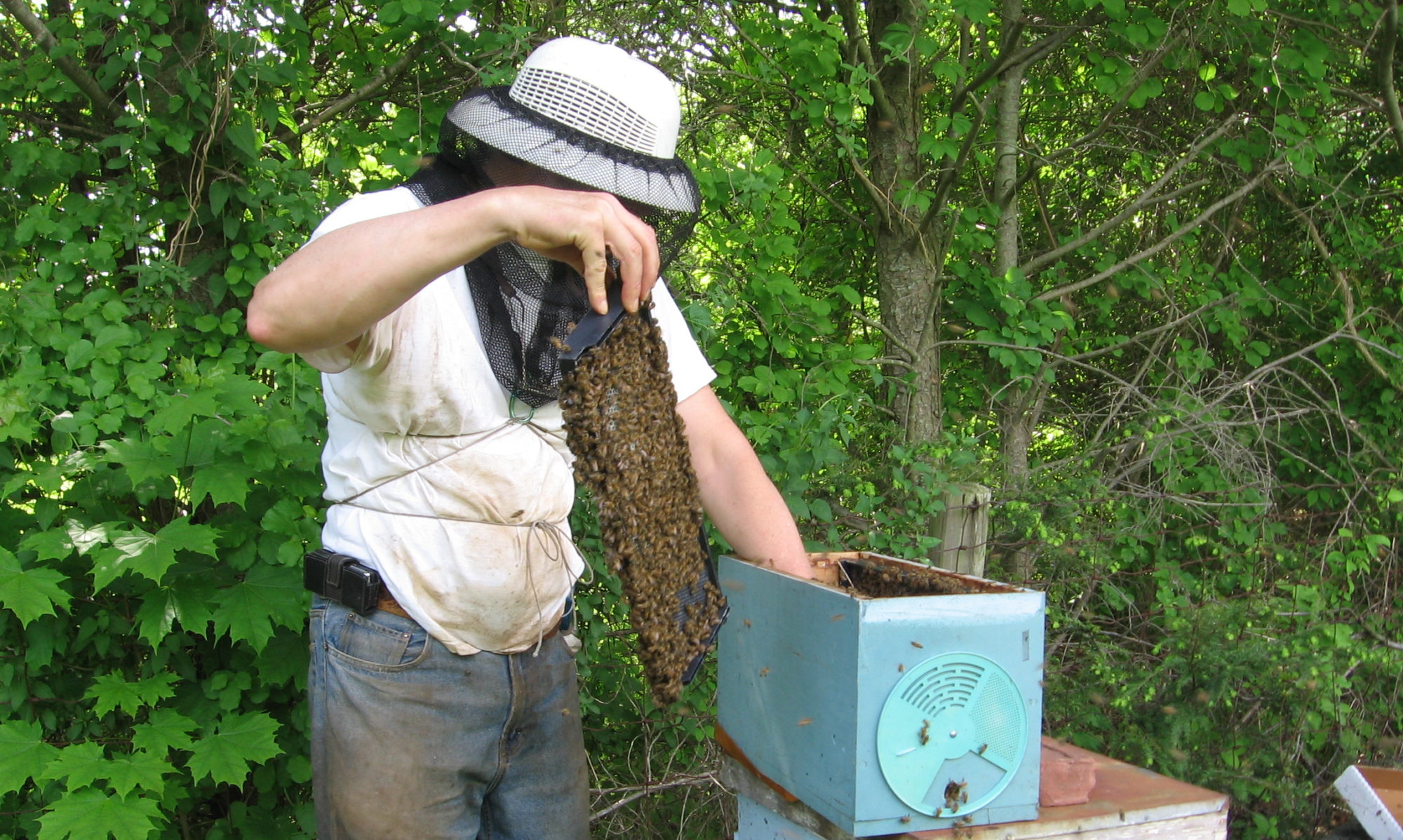This is the Good Neighbor Policy of the Long Island Beekeepers which was made up in the 60s to alleviate problems with local villages thinking of banning beekeeping. It has been used many times as guides for beekeeping zoning laws in New York City and Denver, Colorado.
LI Beekeeper’s Good Neighbor Policy
(with Annotations by Ray Lackey)
1. No more than four hives of honey bees for each one-quarter acre or less of lot size will be maintained on any lot.
2. No hive of honey bees will be maintained within ten feet of a boundary line of the lot on which said hive is located.
3. A six-foot hedge or fence (partition) will be placed between the hives and the neighbors if the hive is ten feet from the neighbor’s yard and the entrance faces the neighbor’s yard.
4. No hive of honey bees will be maintained unless an adequate supply of water will be furnished within twenty feet of said hive at all times between March 1 and October 31 of each year. (As a minimum, have a watering bucket at the yard with floats or sticks for the bees to land on to get water. Periodically, dump and replace water in bucket, avoids mosquito breeding.)
5. No hive of honey bees will be maintained unless such hive is inspected not less than four times between March 1 and October 31 of each year by the owner of the lot on which said hive is located or his delegate. A written record including the date of each such inspection will be maintained by said owner and will be available by authorized individuals. (representatives of government who may be trying to prove negligence.)
6. No hive of honey bees will be maintained in a residential area in such a manner as will constitute a substantial nuisance. (This means that you will super early to prevent crowding and queens will be replaced at least every two years, both actions reducing probability of swarming. Feeding will be within the hive and extracted supers should be placed on hives in evening to prevent robbing.)
